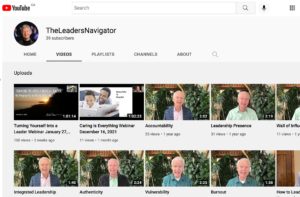The Power of Accountability Partners
For the past forty years, I’ve been helping people make changes in their life. Rarely, if ever, do I see lasting change without support and some accountability from others. It’s just too easy to drift back to familiar patterns and habits when we attempt to make changes on our own.
Years ago I came across the notion of Accountability Partners. After every seminar, I have everyone choose an Accountability Partner before getting back into the demands of their lives.
There are five criteria for an effective Accountability Partner:
- They are committed to supporting you to grow and change in a way that is right for you. They have no hidden agenda.
- You choose them. Like a good mentor that you reach out to, you have to decide who the right person is to work with.
- An effective accountability process involves clearly defined agreements: What do you agree to in the relationship? What are you committed to change? What does support and accountability look like in this relationship to ensure the needed change?
- Accountability Partners help hold you accountable in a way that supports your growth and change, whatever way you define that to be.
- There must be mutual benefit. As you define the expectations and parameters of the Accountability Partner relationship, be sure to be explicit about the value each person is getting from the relationship.
I’d love to hear what your experience is working with Accountability Partners.


